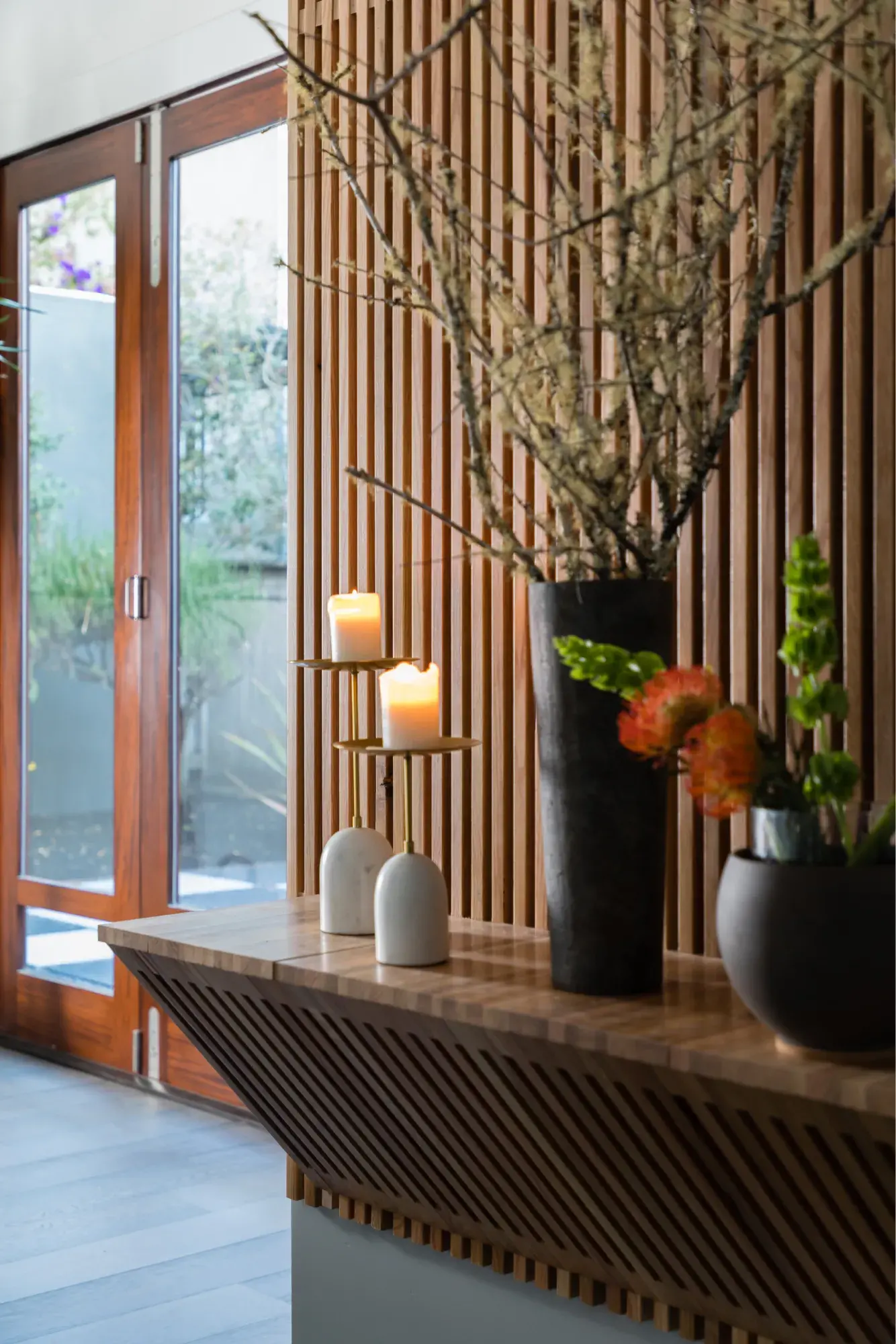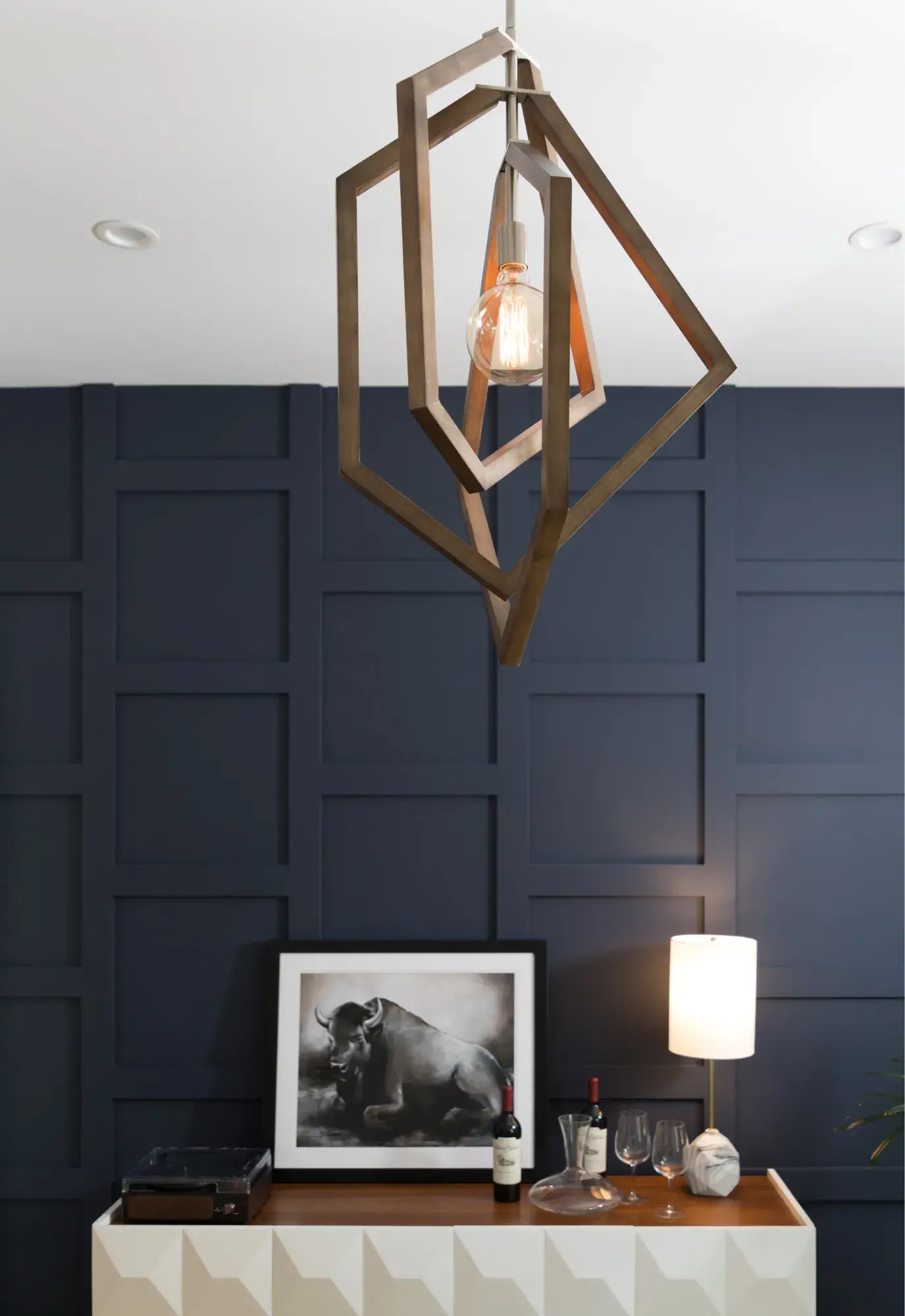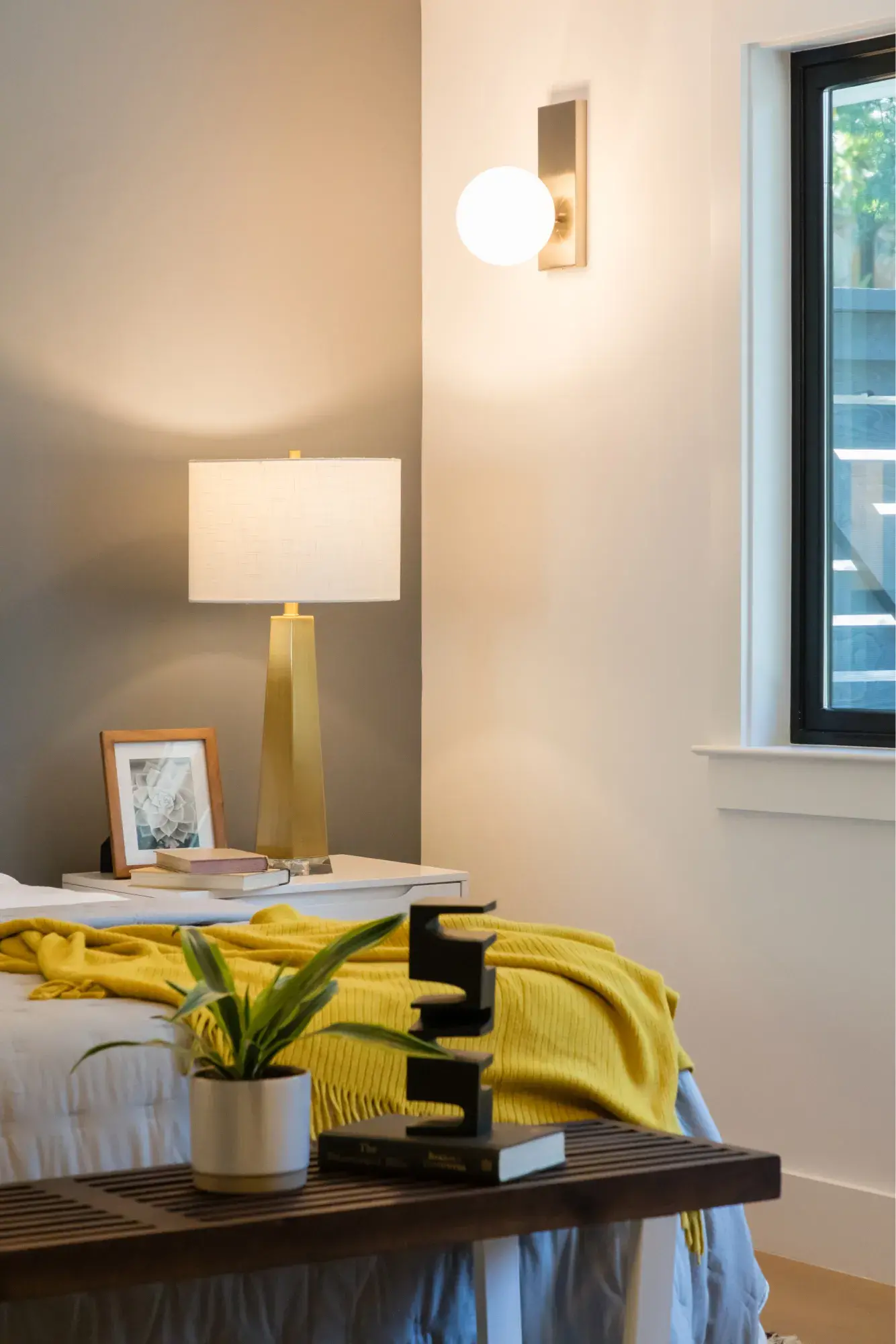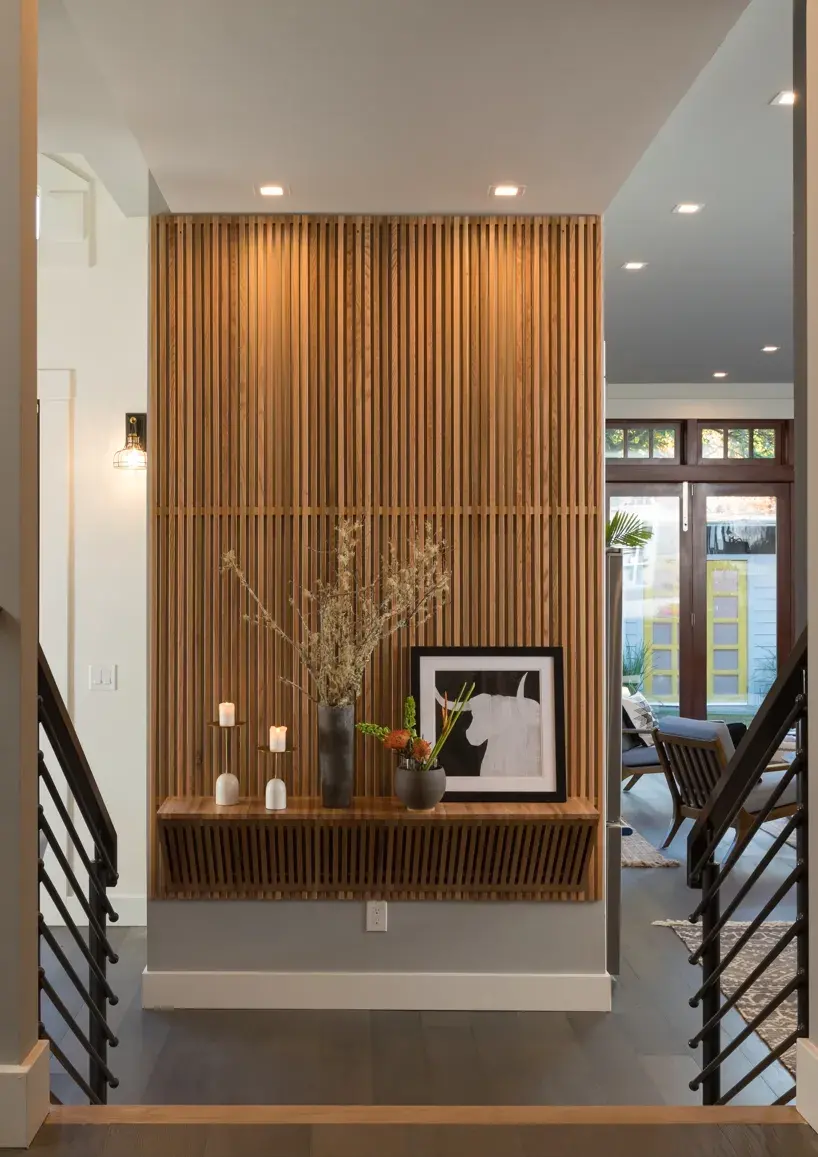our 7 steps
streamlined process for you project
We provide you with a single source for the services you need to successfully complete your home improvement, new home, ADU, or residential development project.
Our easy to follow 7 Step process is the result of years of experience and is specifically designed to save time and money while allowing us to provide personalized service tailored to the needs of your project. This process simplifies your interactions with design professionals, building officials, and contractors. It is easy, efficient, and proven to provide a quick turnaround.
The process is applicable to projects of any size – whether you are doing a simple kitchen remodel or a new building. From the initial meeting through permitting and construction, your Project Concierge assists and guides you every step of the way.
We are committed to make this experience as stress free as possible and to help you understand and navigate the unfamiliar and sometimes nerve-racking home remodeling and construction.

1
initial meeting
welcome
You may already have a general idea of what you want but don’t know where to start and would like to discuss available options. Or perhaps you know exactly what you need and want to get your project started right away
Wherever you are in the process, the initial meeting gets your project started right. We often meet virtually with a video call which typically lasts 30 minutes to an hour. This is an opportunity for us to meet and for you to tell us more about your project. During this initial meeting, we will walk you through the design and permitting process and what to expect next – whether that is another meeting after we gather additional information, a site visit, or perhaps we have enough information to prepare a proposal to get your project started.
And the best part – this Initial Meeting is free.

2
pre-design
hello
Congratulations, you’ve decided to move forward with your project. Before we begin the design process, your Project Concierge will reach out to you, gather more information about your project, and introduce your design team. They walk you through some of the requirements for your project and inform you of any additional information you might need to provide. For example, sometimes a land survey, a soils report, or a record from the city may be required.
Pre-design begins with your Architect listening to and understanding your goals, concerns, budget, timeline, etc. This could be as simple as a single conversation, or asking you to complete a checklist, or may be more involved and require additional actions such as a site visit to evaluate the existing conditions or site opportunities. With more complicated projects, a feasibility study may be required to let you know your options.
Because Zoning regulations can be difficult to understand, we reach out to the City as needed to ensure the final design can be built. You can think of this step as collecting the pieces of the puzzle. Without all the pieces, a puzzle never comes together correctly. Your Project Concierge along with your design team will ensure we have all the information needed. This step also includes a review of the applicable rules and regulations, the approval process and permit submittal requirements, what building codes apply, and what agencies or departments may have jurisdiction.
Although this can become complicated, your Project Concierge keeps it as simple as possible for you.

3
design
create
If you think of the Pre-Design step as collecting all the puzzle pieces, the Design is when the pieces of the puzzle are put together. In time, your Concierge Project Manager will introduce you to the other key members of the design team such as structural engineers and energy consultants.
The Design phase will start with your Architect or their Project Manager meeting with you at your property. They will discuss your project in more depth and will measure your home, check how your scope of work would impact it, walk you through what to expect and what can be one.
Back in the office, the Architect will begin with the schematic design phase where the general scope and conceptual design is drafted including the location and relationships of the rooms in the home. This might be as simple as a floor plan or for more complicated projects might include a conceptual site plan depicting location on the site and indicating zoning regulations such as setbacks, lot coverage, etc.
Once the Schematic Design is agreed upon, the Design Development phase of the project can start. Your design team will produce and share more detailed plans and elevations of your home. This will gradually lead to the Construction Document phase where more details are added. During this phase your design team will also start working on the electrical plan and will start resolving more technical aspects of the project. Such as defining what type of heart or water heater can be installed, where they could go.
As the design progresses your Concierge Project Manager will start reaching out to other consultants required for your project and introduce them to you and the design team. It could be a Structural Engineer, an Interior Designer or a consultant required to resolve a specific issue. Note that in most small remodel an engineer is not required. If you have a doubt about why an engineer is needed or not, the Architect or your Concierge Project Manager will provide you with a clear explanation.
At the conclusion of the Design Development phase, the size of the rooms and spaces are finalized. The look of the project is set, including the size, type and location of windows, doors, and openings. The location of mechanical equipment, electrical panels. and plumbing fixtures are finalized.
With your approval what is commonly called the Permit Set or Construction Document will be fully developed by the design team and supervised by the Architect. It is now time to start engineering and designing the framing and the foundation.
Remember you can still at any time change your mind and ask for changes to the design. In most cases this is completely included in our services.

4
engineering
develop and detail
During this step the technical aspects of your project are designed and documented. While we refer to this step as “engineering”, there may be several team members involved. Don’t worry you won’t be on your own. Your design team will work closely with you and the engineers while your Project Concierge makes sure that all relevant information has been shared with you.
After all the interaction during the design step, it may feel like nothing is happening. Rest assured we are working diligently to complete the construction documents needed to obtain your Building Permit and, more importantly, for your contractor to build the project.
A structural engineer usually completes the structural calculations and details needed to make the project safe while keeping things as economical as possible. If needed, there could be other engineers, such as mechanical, electrical, or civil, as well as other consultants. As a general rule, the smaller the project the fewer consultants you will need. In most cases the Architect and the Structural Engineer prepare the permit set without the need for other Engineers. As always, your Project Concierge ensures everything that is needed is included and that you are not paying for anything that is not needed.
It is typically not necessary for you to meet with the Engineers, but you are always welcome to ask your Project Concierge to arrange a conversation with them or any other consultant.
The engineering step can encompass a broad range of disciplines and tasks. Here are some terms you may hear during this step of the process:

5
energy
efficient and sustainable
All states have requirements with the goal to help reduce the carbon footprint of houses when they are built and when they are being used. With all projects, no matter where located, we are committed to designing energy efficient buildings which minimize negative impacts on the environment or its occupants. Because thinking about the future and acting responsibly for the next generation matters, designing, and constructing energy efficient buildings is an important component of our work.
Your Project Concierge ensures the appropriate Energy Consultants, as required by code on even the smallest projects, are part of your project team. They are often affiliated with the US Green Building Council or the Build It Green construction program. They might also be Certified Energy Specialists. These consultants assist in determining the type of insulation required or the level of energy efficiency of new fixtures and windows and doors. In most cases only a few simple adjustments are needed to ensure compliance. This usually does not change the look of your project but does reduce its energy consumption and makes your home more efficient.
To learn more about energy efficiency, feel free to reach out to your Project Concierge for guidance and assistance.

6
submittal
applying for the permit
Your project has reached a major milestone. All the puzzle pieces have been put together and it’s time to submit to the Planning and Building Department to obtain your Building Permit. While there are a few Building Departments that will still issue an over-the-counter permit, most applications are submitted to be reviewed later. Some Building Departments require plans be submitted online. Each Building Department has a different process and system.
If it sounds confusing, it can be. Permitting can be quite straightforward for a small kitchen remodel. The more complicated and extensive the project, the more complicated and extensive the process for obtaining you permit can become. Not to worry, your Project Concierge continues to be available to assist and will provide you with a pdf of the Construction Documents and can help you get printed copies needed for permit application.
At this step, we are no longer in control; we must be patient as the Building Department, and oftentimes other departments, conduct their review. At least one round of Plan Check Comments can be expected. Your Project Concierge tracks the status of your project and your design team responds to any comments as rapidly as possible.
While your project is being reviewed your Project Concierge can begin coordinating with your Contractor and provide the information they may need to prepare a final estimate of the construction costs.

7
construction
success
Congratulations! Your Building Permit is ready, and construction can begin. If you haven’t already selected a contactor, we can make recommendations and even help evaluate the contractor’s proposals. We welcome good advice from all professionals and view contractors as an integral part of the team needed to successfully complete your project.
If your contractor suggests a less expensive or better way to build your project, we evaluate the suggestions and, if appropriate, modify the Construction Documents to include those improvements. Sometimes your Contractor may require clarification or may uncover a previously unknown issue. Your Project Concierge will work with your contractor to determine what is needed and our design team will revise the plans as necessary. While there may be an additional charge for revisions due to unforeseen conditions, most are done at no cost to you.
As you start to be able to walk through the project you might decide to alter the design. We will process the changes as quickly as possible to avoid any delays in construction. Although small adjustments during construction are included, more extensive changes could require additional fees. In any case, your Project Concierge always discusses this with you and your contractor before proceeding.
While your project is being built, Anura Design is still available to assist. Every item that goes into your project needs to be selected at some point; this includes finishes, cabinets, colors, which style and brand of windows and doors, bathroom fixtures, equipment… The list is long. We can make recommendations and review your selections or even provide the services of an Interior Designer.
A successful project is one where the team comes together to resolve issues in the most efficient and professional way. We are committed to being responsive and helpful throughout the construction step. At Anura Design, we’re not finished until your project is built!